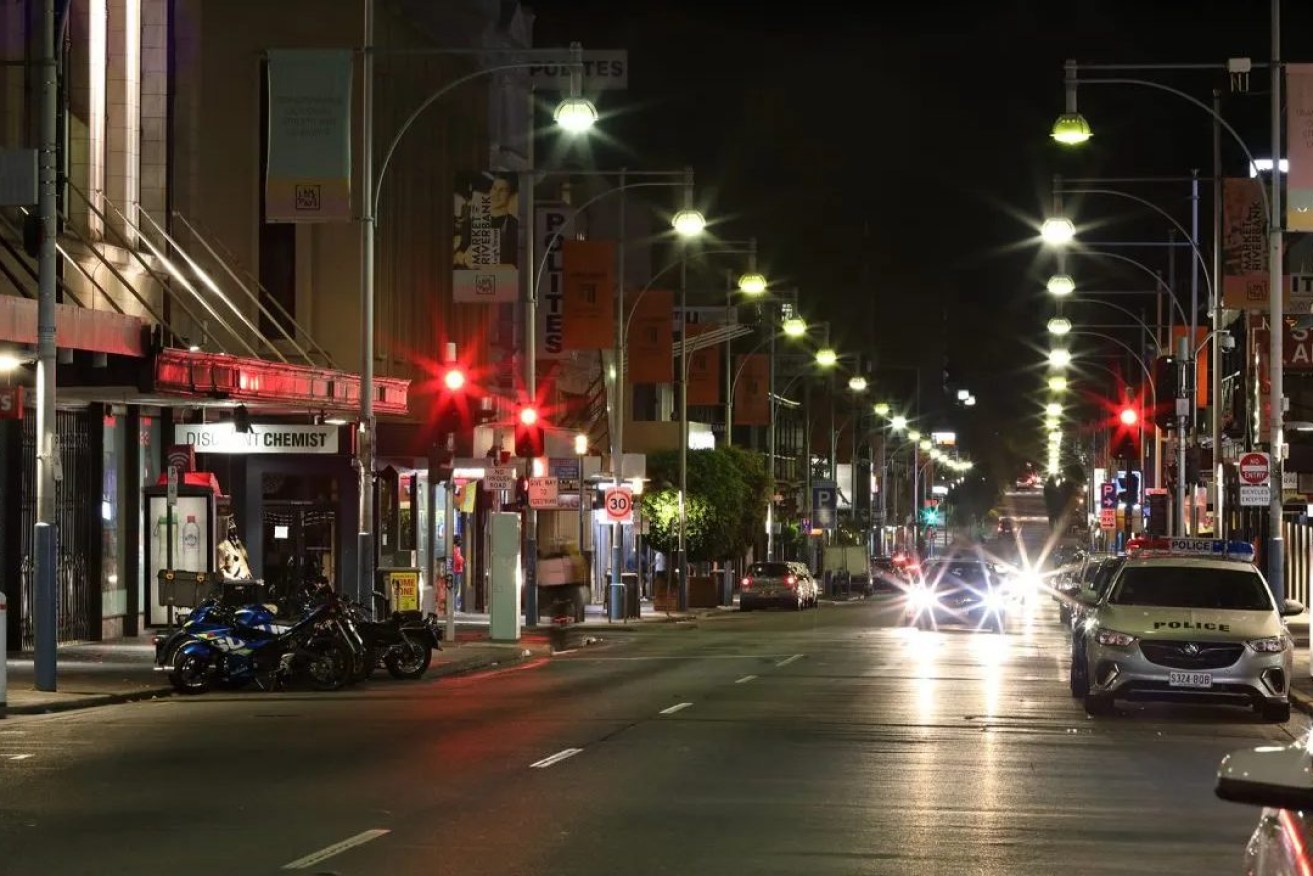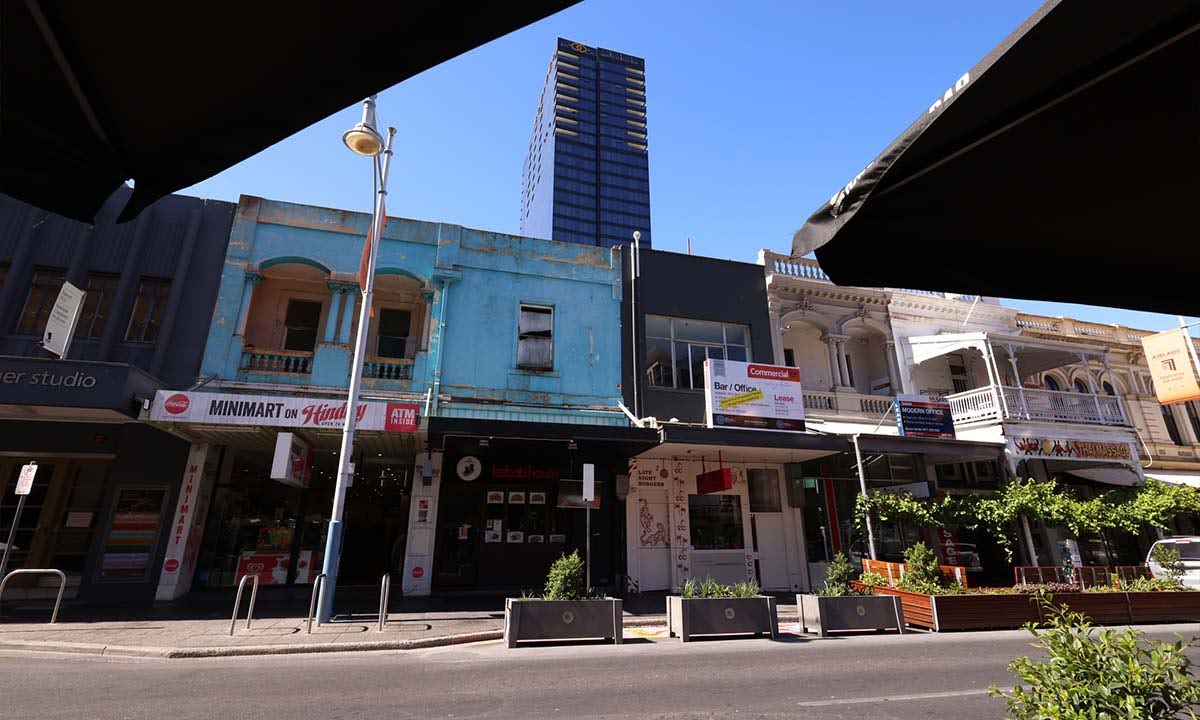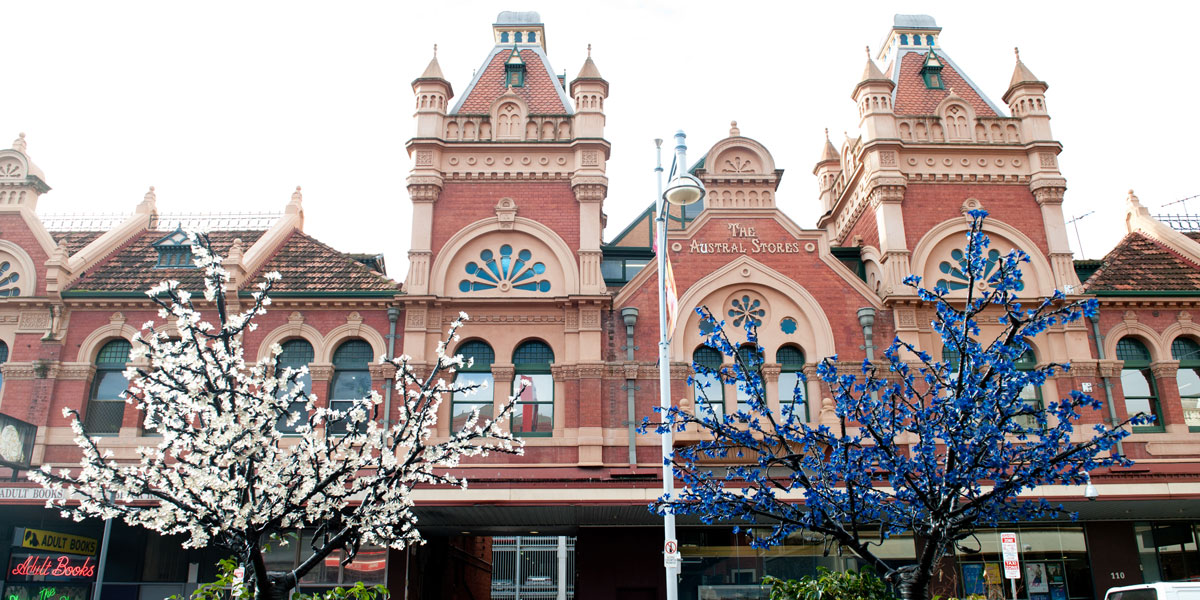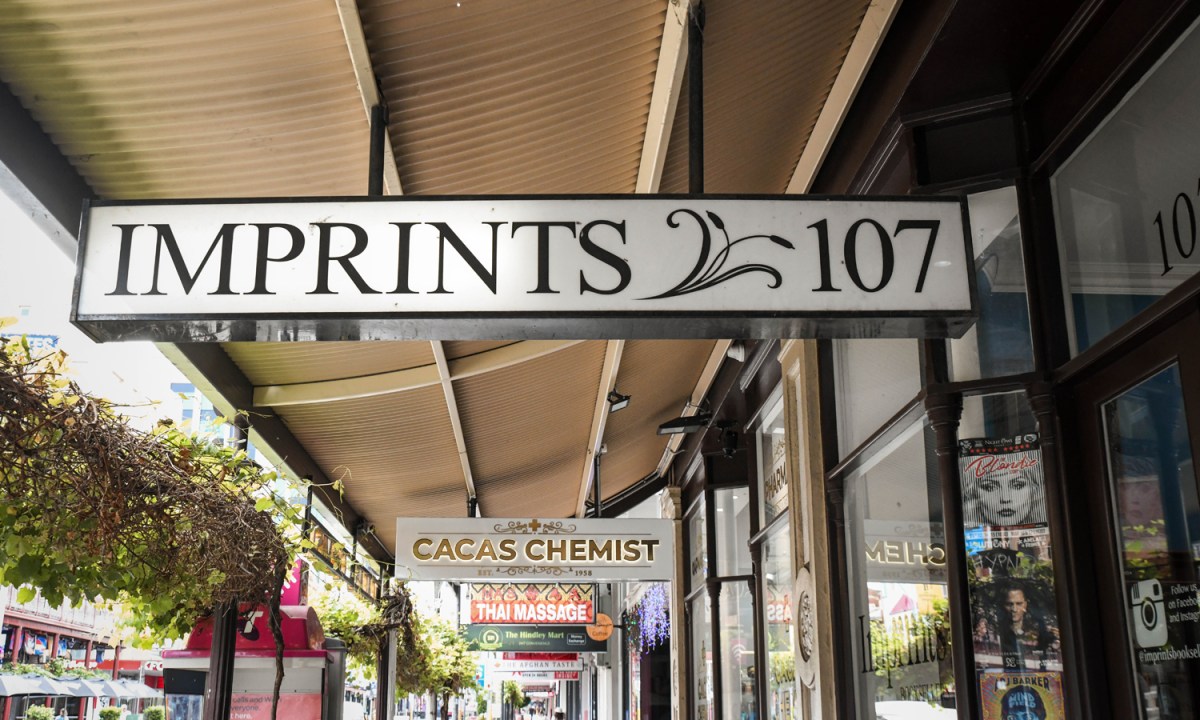The mystery and promise of Hindley Street
It’s the place that’s launched 1000 Adelaide clichés – but the time has come for our community and political leadership to move beyond the stereotypes and show Hindley Street some much-needed love.


Hindley Street in 2020 was a lonely place at night, and the strip has never bounced back. Photo: Tony Lewis/InDaily
The man who gave his name to Adelaide’s boulevard of broken dreams never saw it – he never saw any part of South Australia.
Charles Hindley was a radical member of the House of Commons, the first member of the Moravian Church to be elected to British parliament, and a supporter of universal suffrage and equal representation.
His death in 1857 at the age of 61 was strange – and strangely prescient from an Adelaide perspective.
He died after being administered a bizarre medical treatment for serious fever: the regular administration of alcohol. When Hindley died he had taken six pints of brandy in 72 hours – that’s close to three and a half litres.
Across the other side of the world and closing on two centuries after Hindley’s prime, the street with his name continues to grapple with both alcohol and social issues.
No street exemplifies Adelaide’s odd relationship with booze as much as Charles Hindley’s namesake.
We pretend that the “social issues” seen on the street are somehow disconnected from the massive concentration of places that sell alcohol, for long hours, seven days a week.
And yet, there’s a movement in Adelaide to remove some minor restrictions that were put in place due to SA Police concerns about increasing violence. There’s also been a lament about the increasing cost of alcohol and what it might mean for the strip’s “vibrancy”.
All the while, the streets of fear narrative has no more natural home than Hindley Street, but the stereotypes of the strip’s dangers and seediness have rarely seemed overwhelmingly true except in the 21st century.
At least partly by design, the city funnelled a large proportion of its hard-drinking culture into the section of the street between King William and Morphett streets. What did we think was going to happen?

Hindley Street is looking unloved, but its upside is enormous.
It wasn’t always so one-dimensional. In the distant past, Hindley Street was the city’s busiest thoroughfare, a place to shop for clothes and furniture, where theatres flourished, from vaudeville to moving pictures. Eventually, it became a club strip – the city’s late-night entertainment mecca.
In the 1980s and ‘90s, while it always had grit and alcohol-fuelled incidents, Hindley Street had many attractions for all kinds of people.
As an ‘80s kid, I spent countless happy hours there, playing video games in the giant pinball parlours, roller skating, going to the movies, seeing bands, tasting my first gelati at Flash – I bought my first suit from the tailor there. The restaurant scene was attractive at all price points – Quiet Waters and Jerusalem were legendary. I saw a young jazz musician, Kate Ceberano, in Club Foote, a place where I could pretend I was in New York, and my cooler friends frequented the nightclubs.
Through the ‘90s and early 2000s, Hindley Street remained a place to go, even as its reputation began to fray.
Arts organisations had gathered there, first the Festival and Fringe had their offices on the strip, near the Imprints Bookshop, then, in the early 21st century, the Adelaide Symphony Orchestra set up its home and, nearby, the arts department, Arts SA, became a honeypot for visitors.
It was an arts-led urban renewal project, as one-time Imprints owner Greg Mackie puts it.
Almost exactly 10 years ago though, just as small bars began to sprout in the lanes around Hindley Street, the Weatherill Government in cost-slashing mode came calling.
Back then, Arts SA was operating out of the historic West’s Coffee Palace, an architectural beauty redolent of the Adelaide Fruit and Produce Exchange in the East End.
The government had decided to shoehorn arts into the grandly named Department of State Development and, to save money, it moved arts staff from one of the most beautiful buildings in Adelaide to arguably its ugliest – a brutalist tower on Wakefield Street.
The department had been in Hindley Street for nearly 14 years, but it became a target due to shrinking staff and budget. No thought was given to the cultural importance of the department for the precinct, with its constant flow of visitors, including artists coming for meetings, or to sit on peer panels for grant applications.
When the department left Hindley Street, the ground floor and basement of the Edwardian-style building, built in 1903, remained substantially empty for years, eventually attracting the help of Renew Adelaide in a bid to attract tenants.
Commenting on this in 2018, West End Association president Andrew Wallace pegged the heart of the challenge facing Hindley Street – lack of diversity.
The same sort of businesses started to proliferate – cheap food outlets, shisha venues, convenience stores and massage parlours, filling the shabby gaps between the traditional clubs and bars.

The ornate West’s Coffee Palace building on Hindley Street. Photo: Nat Rogers/InDaily
Today, some things have changed – but not all. West’s is now home to the Map Shop, relocated from Peel Street as that lane’s bar culture grew, and educational enterprise Youth Inc.
Sure enough, though, there are three massage places and some empty tenancies.
The streetscape is increasingly tired – a stark contrast to Hindley Street West, where the UniSA campus drives foot traffic and business, and to the bustling lanes of Peel Street and Leigh Street. Rundle Mall is positively gleaming compared to Hindley Street’s grimy corners and patchworked paving.
The council has big plans to revamp the street but at the moment it looks like an old car being run into the ground in anticipation of a shiny new set of wheels.
And here is the real mystery of Hindley Street: how has it failed to change while everything around it has been transformed?
Mackie, whose experience encompassing local and state government, the arts and retail gives him a unique perspective, says a PhD could be written about this paradox. Hindley Street east is ideally located near university and TAFE campuses, the central hospital, the city’s key transport hub, and the lion’s share of city hotels. How has it not evolved?
A mix of government and council neglect and, arguably, a mix of property owners uninterested in or incapable of change, have created a few hundred metres of unnecessary decay.
The street’s rough edges once had charm, in a shabby, edgy way – no more.
It seems to me, though, that the upside is huge, as long as Hindley Street can hang onto its remnants of cultural appeal and diversity.

Imprints Booksellers has been in its current location on Hindley Street since 1999. Photo: Jack Fenby / InReview
The Hindley Street Music Hall is a great addition to a struggling night-time economy, but the street desperately needs a viable daytime economy – a need that has only been exacerbated by the new world of work ushered in by the pandemic.
One of the street’s shining lights remains the beautiful Imprints Bookshop – a crucial place in the culture of the street and the entire CBD for the past 40 years.
As InReview reported on the weekend, the beloved bookshop has been placed on the market, in a difficult decision by owners Jason Lake and Katherine Woehlert.
Imprints is so rare as an independent bookseller and so precious as a cultural oasis in the city, that the community needs to do all it can to ensure it continues to exist and thrive.
Part of this is pressuring our political and civic leaders to give more strategic thought to urban development in the city, to engage their brains before running a red pen through a budget line, to look beyond pat clichés about who we are and the places we value.
Smart thinking and hard-working enterprise led to Hindley Street’s best days – there’s no reason why those good times can’t return.
Notes on Adelaide is a weekly column reflecting on the city, its strengths and its foibles. You can read more Notes on Adelaide in SALIFE’s print editions.




